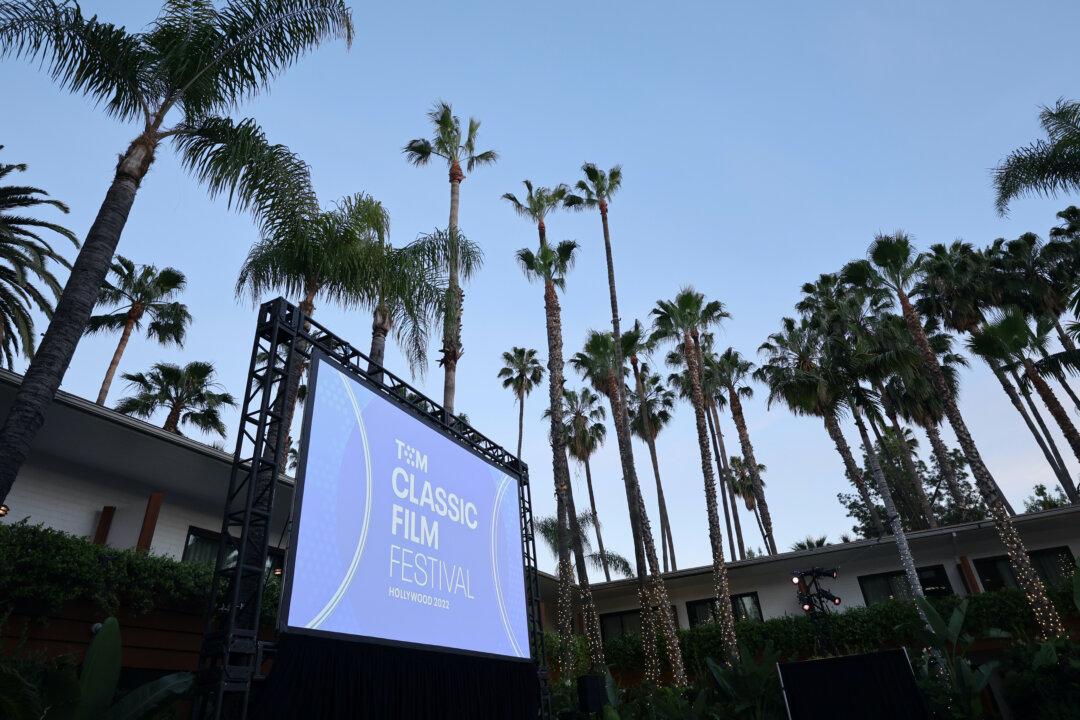Commentary
Since movie theaters reopened after the pandemic, many people may have felt no desire to go back. This April, Turner Classic Movies (TCM), the television station that has brought old movies to the masses since 1994, gave people a good reason to sit with strangers in the dark for the first time in two and a half years.





